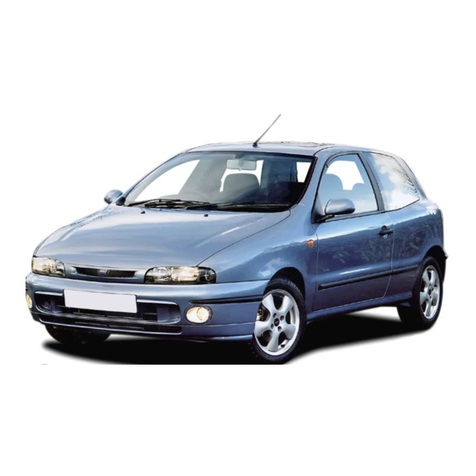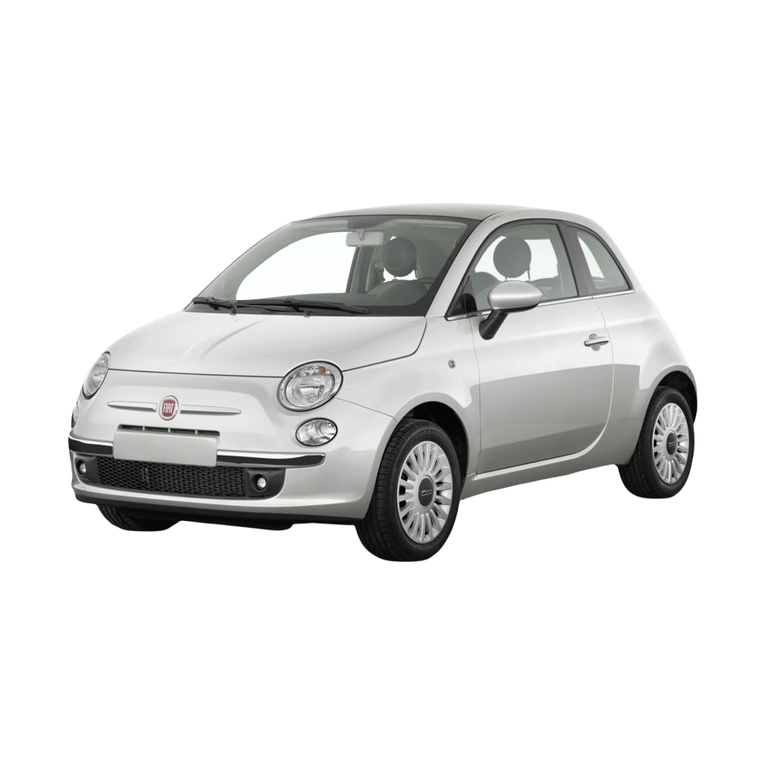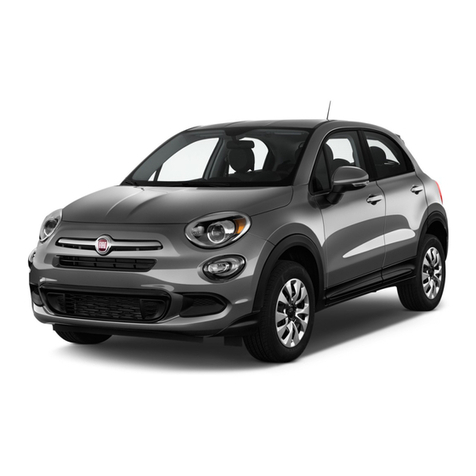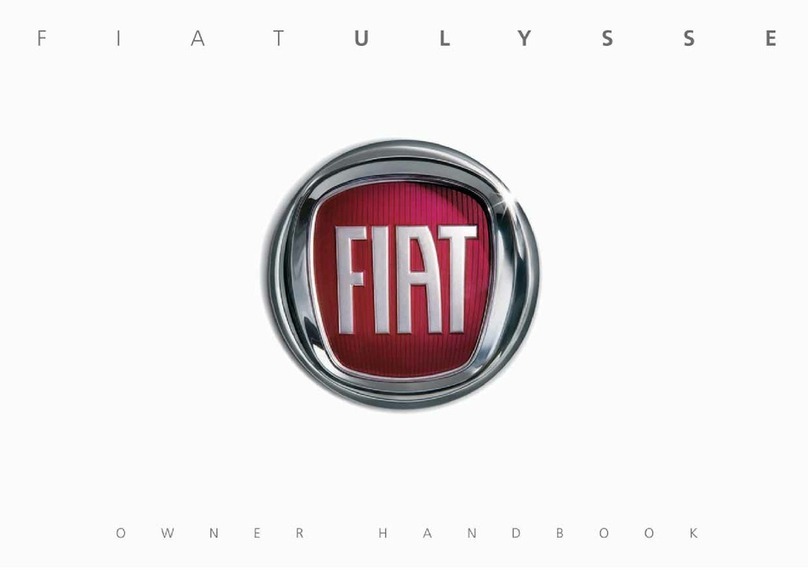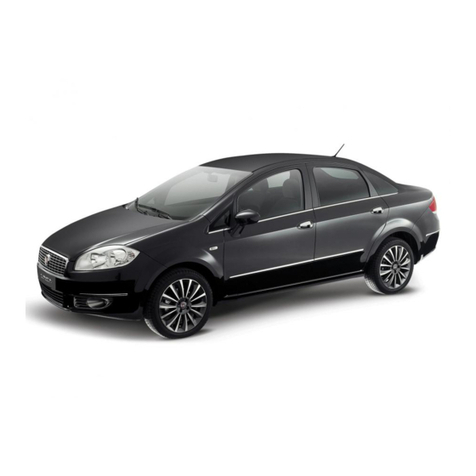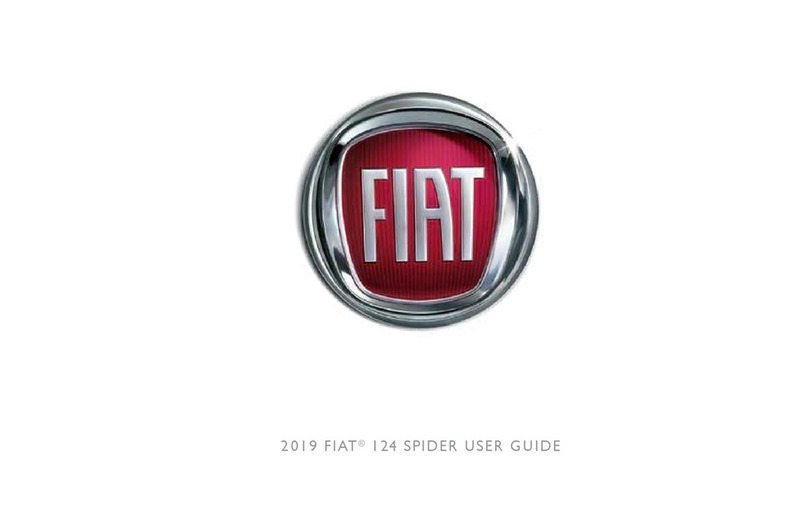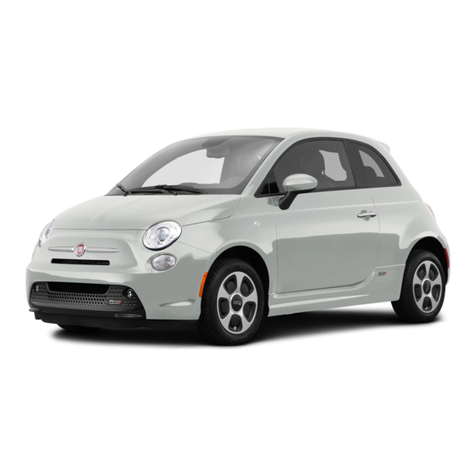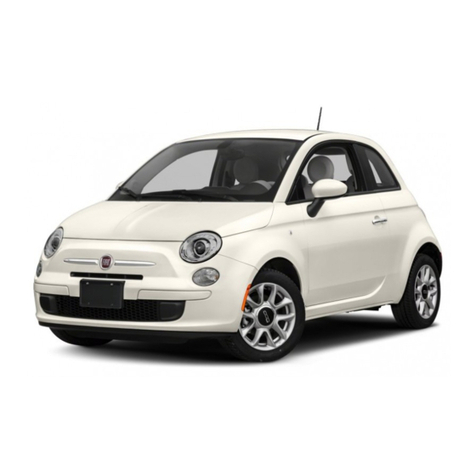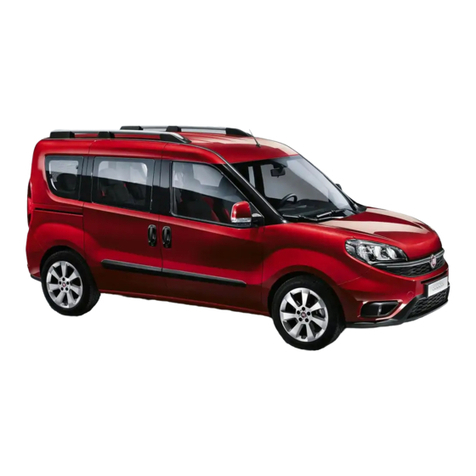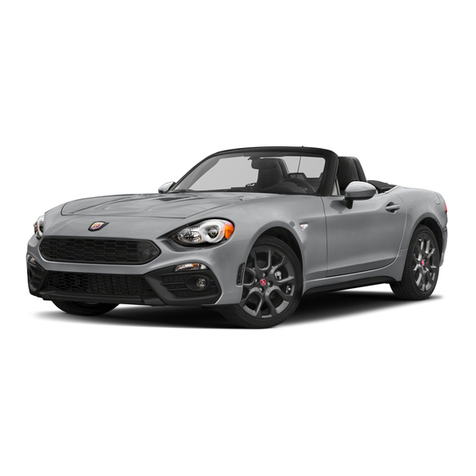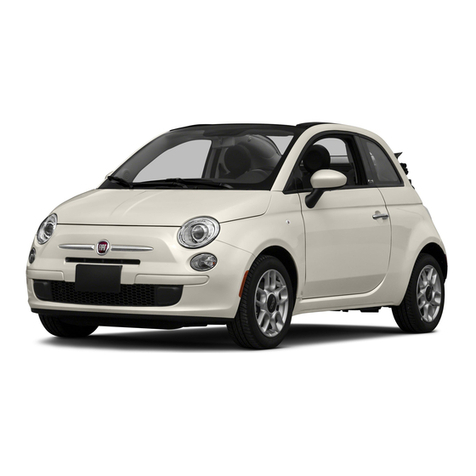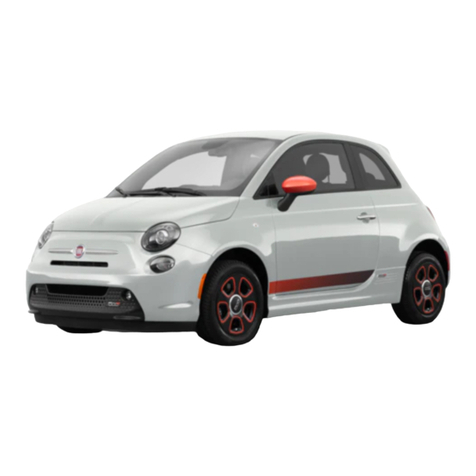SENTRY KEYT
The Sentry KeytImmobilizer System prevents unauthor-
ized vehicle operation by disabling the engine. The
system does not need to be armed or activated. Operation
is automatic, regardless of whether the vehicle is locked
or unlocked.
The system uses ignition keys, which have an embedded
electronic chip (transponder), to prevent unauthorized
vehicle operation. Therefore, only keys that are pro-
grammed to the vehicle can be used to start and operate
the vehicle.
NOTE: A key, which has not been programmed, is also
considered an invalid key even if it is cut to fit the
ignition switch lock cylinder for that vehicle.
If the Vehicle Security Light is on after the key on, it
indicates that there is a problem with the electronics.
If the Vehicle Security Light turns on during normal
vehicle operation (vehicle running for longer than 10 sec-
onds), it indicates that there is a fault in the electronics.
Should this occur, have the vehicle serviced as soon as
possible by an authorized dealer.
CAUTION!
•
Always remove the Sentry Keytfrom the vehicle
and lock all doors when leaving the vehicle unat-
tended.
•
The Sentry KeytImmobilizer system is not com-
patible with some after-market remote starting
systems. Use of these systems may result in ve-
hicle starting problems and loss of security
protection.
All of the keys provided with your new vehicle have
been programmed to the vehicle electronics.
1
Replacement Keys
NOTE: Only keys that have been programmed to the
vehicle electronics can be used to start the vehicle. Once
a Sentry Keythas been programmed to a vehicle, it
cannot be programmed to any other vehicle.
At the time of purchase, the original owner is provided
with a four-digit Personal Identification Number (PIN).
This PIN is required for authorized dealer replacement of
keys. Duplication of keys may be performed at an
authorized dealer or by using the Customer Key Pro-
gramming procedure. This procedure consists of pro-
gramming a blank key to the vehicle electronics. A blank
key is one which has never been programmed.
NOTE: When having the Sentry KeytImmobilizer
System serviced, bring all vehicle keys with you to an
authorized dealer.
General Information
The Sentry Keytsystem complies with FCC rules part 15
and with RSS-210 of Industry Canada. Operation is
subject to the following conditions:
•
This device may not cause harmful interference.
•
This device must accept any interference that may be
received, including interference that may cause unde-
sired operation.
NOTE: Changes or modifications not expressly ap-
proved by the party responsible for compliance could
void the user’s authority to operate the equipment.
2

